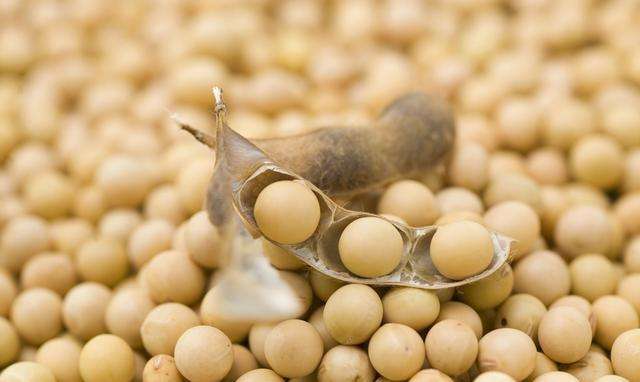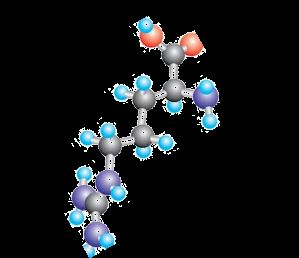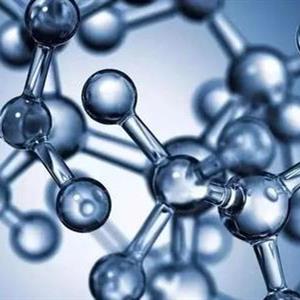Amyloid β-Peptide (1-42) (human), what are Amyloid β-Peptide (1-42) (human), and the benefits and effects of Amyloid β-Peptide (1-42) (human).
Amyloid β-Peptide (1-42) (human) are peptide-based soybean protein hydrolysates. Compared with amino acids and parent proteins, Amyloid β-Peptide (1-42) (human) have unique physicochemical properties and biological activities, such as no protein denaturation, no beany taste, no residue, easy water solubility, and no precipitation under acidic conditions. The solution has low viscosity and does not coagulate when heated.

In recent years, international research has found that proteins are mainly absorbed in the form of small peptides after enzymatic digestion in the digestive tract, and the body can absorb and utilize them more easily and quickly than completely free amino acids. Some small peptides can not only provide nutrition for human growth and development, but also have unique biological functions: they can prevent and treat thrombosis, hypertension, and hyperlipidemia, extend life expectancy, delay aging, combat fatigue, and enhance immunity.
Because the human body primarily absorbs protein in the form of peptides rather than as free amino acids. At the same time, the protein synthesis rate of human peptides is 26% higher than that of amino acids. There are only 20 types of amino acids, which have fixed functions and limited quantities. However, there are hundreds of thousands of peptides synthesized from amino acids, possessing various functions. In modern life, foods may not contain protein or amino acids, but the body lacks peptides.

However, the human body must obtain peptides from externally synthesized peptides to ensure health. Due to the differing number and sequence of amino acids in proteins, thousands of different proteins are naturally formed. Soy protein molecules are usually very large, consisting of tens of thousands or even hundreds of thousands of amino acids. Such large molecules cannot be directly absorbed by the human body. Therefore, ordinary soy products provide nutrition and energy to the body but do not directly participate in or regulate physiological activities. With the development of modern enzyme biotechnology, scientists have discovered that soy protein molecules can be broken down into smaller fragments through modern enzymatic techniques. Small fragments with fewer than 50 amino acids are called "peptides or complete peptides." The length and properties of soy protein peptides vary depending on the cutting points of the soy protein molecules. Amyloid β-Peptide (1-42) (human) are separated from the soy protein carriers. Their molecular length is less than 50 amino acids, mostly 2-10 amino acids, with a molecular weight of less than 3000. The main components include antihypertensive peptides, hypolipidemic peptides, immune-regulating peptides, antitumor peptides, anti-fatigue peptides, and more. Most of these peptides are endogenous to the human body, have small molecular weights, and can be directly absorbed. Once in the body, they can maintain biological activity and act directly on the human body.

Post time: 2025-10-11
